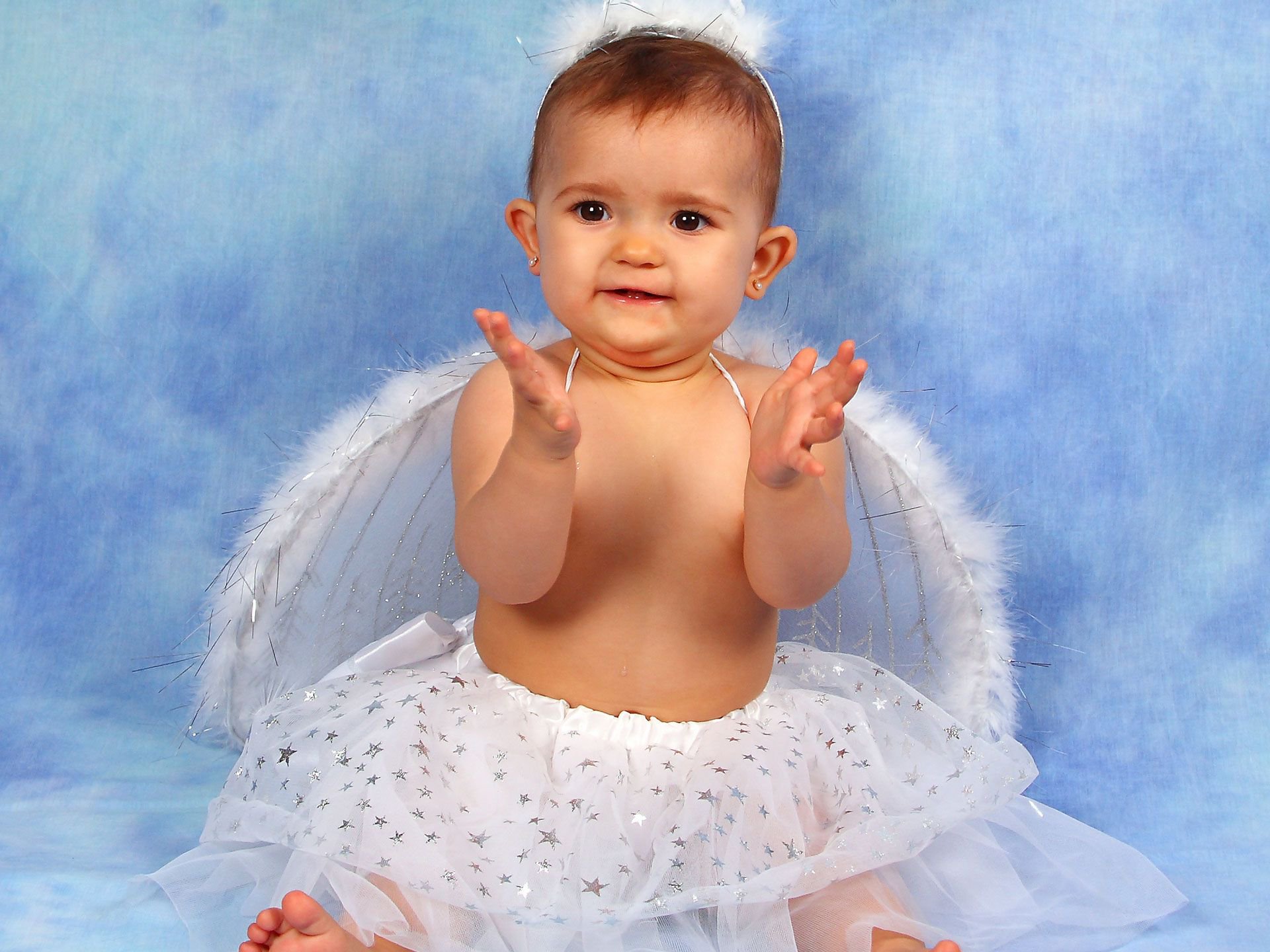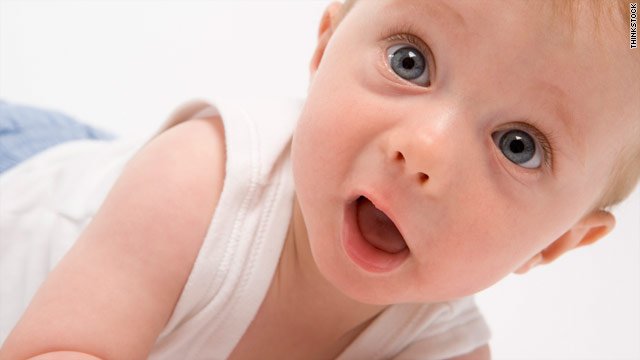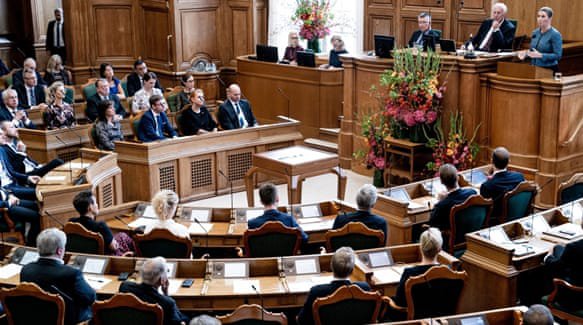There are currently about 22,000 approved girls’ names, 18,000 approved boys’ names, and 1,000 approved unisex names.
If you want to use a name that has not been approved, you have to get special permission from your local church, and the name is then reviewed by governmental officials.
Common male names in Denmark include:
Peter, Jens, Michael, Lars, and Henrik. Parents can choose from about 7000 pre-approved names for boys and girls. If you try to register an odd spelling of a familiar name, chances are it will be rejected.
Typical female names are:
Anne/Anna, Kirsten, Mette, Hanne, and Helle. New parents are tending to choose different names, as Statistics Denmark shows.
The most popular boys’ names in 2018 are:
William, Noah, Oscar, Lucas, and Victor and your girl had to be named Ida, Emma, Alma, Ella, and Sofia, as they were the most popular girls’ names last year.
Multiple countries have laws regarding the naming of children, i.e. parents must choose a name that does not negatively affect the child. Some rules also dictate the characters or letters used, and the use of a gender-specific name.
In Denmark, you must give your child a gender-specific name (there are unisex names as well) that will not adversely affect them in the future, using only the letters from the Danish alphabet. The first name must also not be a surname or be spelled in an usual way.
Portugal, Iceland, and Hungary are some of the countries that have pre-approved naming lists. In Germany and Sweden, the name must be approved by a government office. China and Japan also have strict naming laws.
All children born in Denmark must be given a name before they are six months old, they must be given at least one first name and one surname.
Parents who do not abide by this can be fined. If the child has not been given a surname within the deadline, then it will be given its mother’s surname.





























